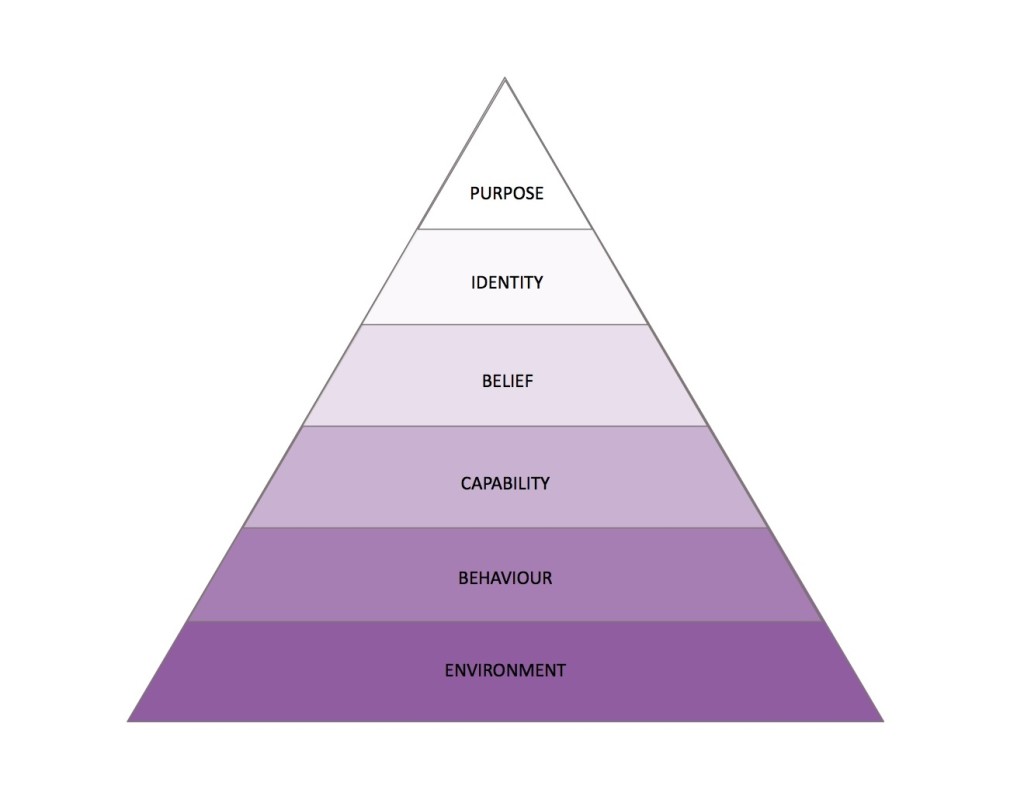 This month, I’d like to share a story about my first experience with hypnosis. Around the turn of the millennium I was a stressed out twenty-something searching for a way to cope with the tension and anxiety that had become a permanent fixture in my life. I had been referred by my GP to a local hypnotherapist for help in dealing with this problem. Shortly thereafter I attended the hypnotherapist’s practice in a leafy suburb of Newcastle, Australia, where I would experience the trance state for the first time.
This month, I’d like to share a story about my first experience with hypnosis. Around the turn of the millennium I was a stressed out twenty-something searching for a way to cope with the tension and anxiety that had become a permanent fixture in my life. I had been referred by my GP to a local hypnotherapist for help in dealing with this problem. Shortly thereafter I attended the hypnotherapist’s practice in a leafy suburb of Newcastle, Australia, where I would experience the trance state for the first time.
After gathering some information, the hypnotherapist invited me to sit back in the comfortable leather chair, close my eyes and listen to his voice. He began speaking in a gentle tone, telling stories that seemed to drift and float, weaving in and out of one another like birds flying in formation in the sky. It was a very pleasant experience and I could sense that I was being told something of great importance, but was unable to fully grasp what it was.
Upon emerging from the session I was struck with the sensation of awakening from a powerful dream that was quickly fading in the light of full consciousness. I had a sense of having experienced something of profound significance, but not being able to put my finger on what it was.
And so began my love affair with hypnosis. I would later learn that this form of what appears as vague storytelling was highly influenced by the work of Dr Milton Erickson. Dr Erickson was the American hypnotherapist responsible for having the American Medical Association recognise hypnosis for medical use in 1958. Ericksonian hypnosis employs the use of storytelling and metaphor as a means of indirectly inducing change in the client. Stories are a powerful tool in my toolkit when working with clients.
Stories and metaphor are wonderfully effective ways of inciting an individual to think and behave differently. Below I share five key reasons why stories and metaphor are such effective catalysts for change:
Stories are non-threatening, respectful and gentle – Rather than being instructed to stop doing something or start doing something else, stories are a gentle way of introducing new concepts and ways of behaving to clients.
Stories are engaging – Stories, by their nature, engage the listener and elicit the state of focused attention that characterises the trance state. Within that receptive trance-like state the client can take on the message of the story that most benefits them.
Stories foster independence – the client makes sense of the message within the story, draws their own conclusions and then takes appropriate action, creating a sense of independence and self-reliance.
Stories can be used to bypass natural resistance to change – Stories deliver their message in more subtle ways than simply telling a client to change. There is power in metaphor to subvert the vigilant critical factor of the mind and allow new perspectives and ideas to stealthily take root.
Stories tag the memory – stories bundle a message into a package that will be much more memorable and compelling than a list of facts or a string of suggestions.
As I left that first hypnotherapy session, I floated out the door feeling calmer and more relaxed than I’d felt in a long, long time. The images and words I had experienced were still washing around in my mind. I was left with a sense that I was holding several pieces to a puzzle, and felt a growing curiosity inside me as I wondered how I would put those pieces together.
____________________________________________________________
And now, dear reader, I invite you to share your story with me – when has a story affected the way you behave or the choices you made? What was the outcome? Share your story in the comments below.
Reference: Battino & South, Ericksonian Approaches: A Comprehensive Manual, 2nd Edition, (Wales: Crown House Publishing Ltd, 2005). p.310
Image Credit: Lotus Carroll via Flickr








 I now have a regular clinic on Monday nights in the charming
I now have a regular clinic on Monday nights in the charming  On Thursday evening
On Thursday evening 


